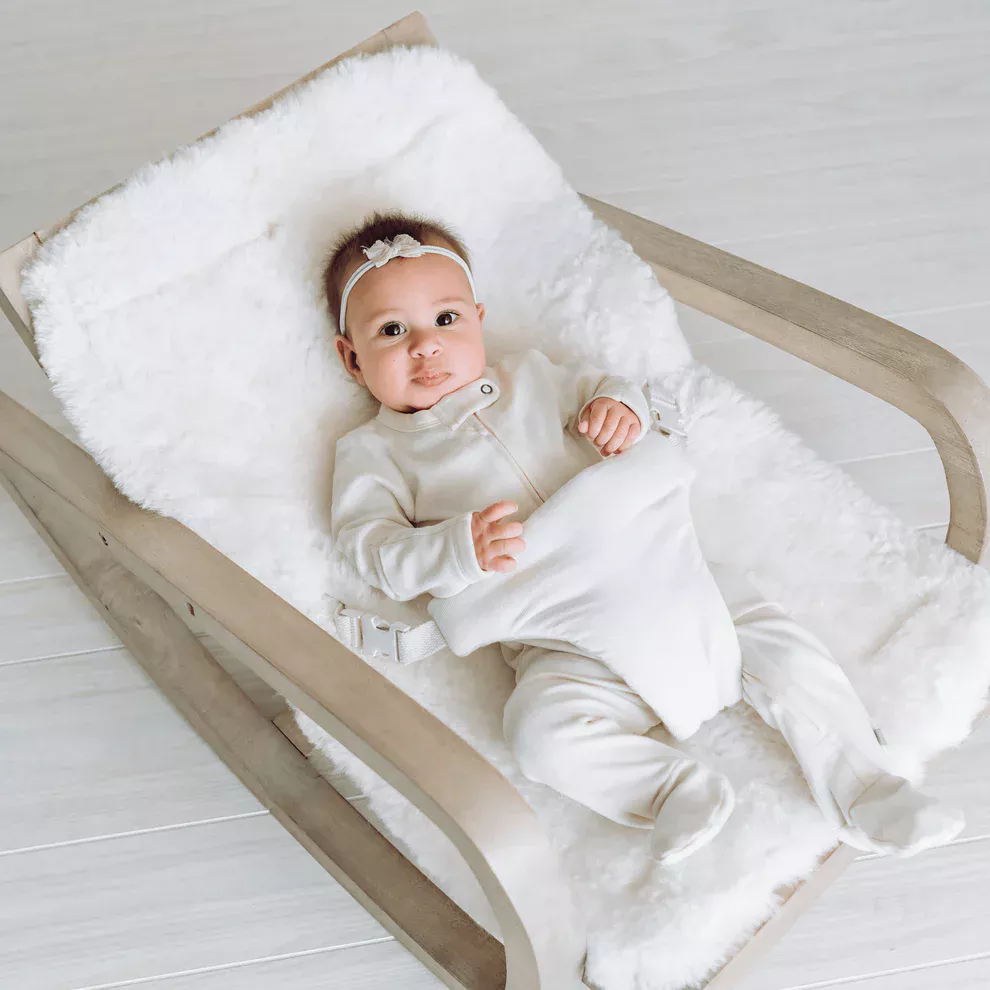Children Pool Safety Tips
and using UV Protected Child Swim Wear
You need to protect your child from sun with proper child swim wear and sunscreen in addition to the following pool safety tips.

Pool safety tips
- Never leave your children alone in or near the pool, even for a moment.
- If you have a pool in your yard, you must put up a fence to separate your house from the pool. Most young children who drown in pools wander out of the house and fall into the pool. Install a fence at least 4 feet high around all 4 sides of the pool. This fence will completely separate the pool from the house and play area of the yard. Use gates that self-close and self-latch, with latches higher than your children's reach.
- Do not consider young children to be drownproof because they have had swimming lessons. Children must be watched closely while swimming.
- Do not use flotation devices as a substitute for supervision.
- Keep rescue equipment and a telephone by the pool with emergency numbers posted nearby.
- Keep pool filters clean to ensure water quality and a clean pool to prevent irritation of skin or eyes.
- Anyone watching young children around a pool should learn CPR (cardiopulmonary resuscitation) and be able to rescue a child if needed. Stay within an arm's length of your child.
- Remove all toys from the pool after use so children aren't tempted to reach for them.
- After the children are done swimming, secure the pool so they can't get back into it.
Remember, teaching your child how to swim DOES NOT mean your child is safe in water.
Protection from sun - with sunscreen and UV protected child swim wear
The sun may seem like a summertime friend, but without the right protection it can also be our children's enemy. Blistering sunburns double the chance of developing malignant melanoma (skin cancer) later in life. So if we want to protect our children from the sun's damage then we need to use more than just sunscreen, explains dermatologist Dr. G. Daniel Schacter. "Sunscreens are important, but when trying to protect a child remember they need a hat with a wide brim and we need to cover their skin with as much clothing as possible. Whatever isn't covered you should cover with sunscreen."
Dr. Schacter says there are times when it's best for all children to avoid the sun altogether. "From 11 to 4, the exposure to sun is greatest and if possible children should play indoors as long as possible. If they have to play outdoors, protect them."
When it comes to the strength of the sunscreen, look for a higher SPF. "SPF stands for sun protection factor. Sunscreens are rated from two to fifty. The higher the rating, the greater the protection. If it's a SPF of fifteen it means they can play fifteen times as long in the sun without burning. That's a guide. You shouldn't spend fifteen times as long in the sun." For best protection, use 100% all natural sunscreen.
Use UV protected child swim wear to cover major part of your child's body. Wherever the child swim wear didn't cover, use sunscreen.
You can find a variety of Sun Protective Child Swim Wear here.




New! Comments
Have your say about what you just read! Leave us a comment in the box below.